Deep within the forests and meadows of the Northern Hemisphere, a remarkable natural phenomenon occurs as the seasons shift. Certain bird species possess an extraordinary ability to modify their songs throughout the year, creating different melodies as temperatures rise and fall and as breeding seasons come and go. This vocal flexibility represents one of nature’s most fascinating adaptations, allowing birds to communicate different messages as their needs change with the calendar. Unlike the consistent calls of many animals, these avian musicians effectively have seasonal repertoires, each tune serving a specific purpose in their survival and reproductive success. The science behind this remarkable ability reveals complex interactions between hormones, brain structure, and environmental cues that together orchestrate nature’s changing symphony.
The White-Throated Sparrow’s Shifting Dialect
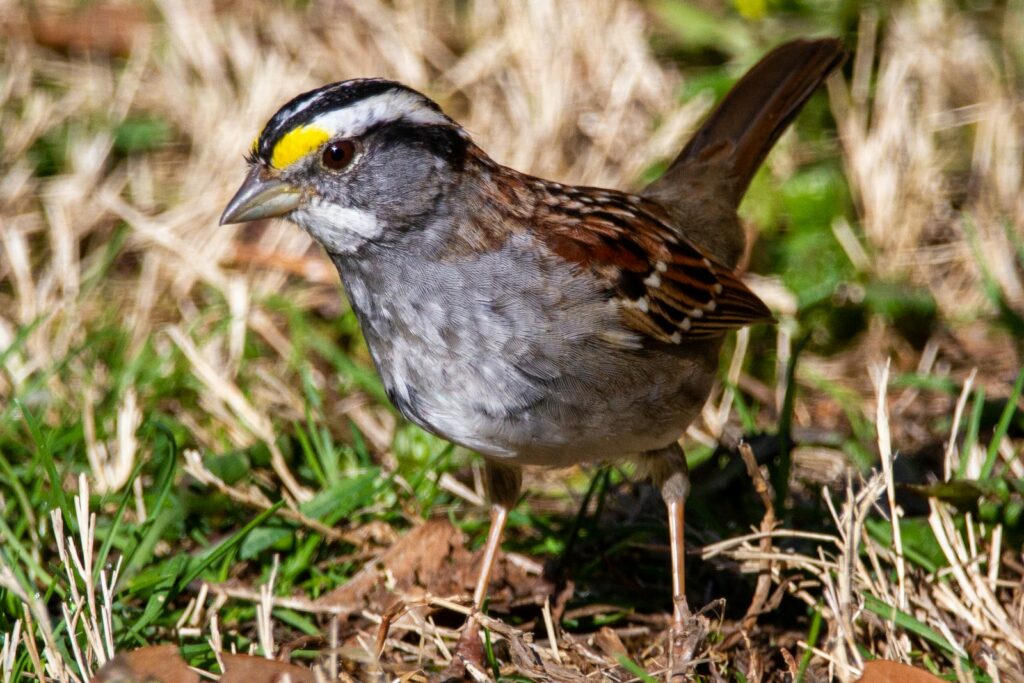
The white-throated sparrow (Zonotrichia albicollis) stands as one of the most well-documented examples of seasonal song variation. During spring and summer breeding seasons, males sing their characteristic “Old Sam Peabody, Peabody, Peabody” song (or “Oh Sweet Canada, Canada, Canada” as Canadians often interpret it) with vigor and frequency. The notes are clear, precise, and delivered with remarkable consistency as males establish territories and attract mates. As autumn approaches, however, the song undergoes noticeable changes – becoming shorter, less frequent, and often lacking the crisp endings that characterize breeding season performances. By winter, many white-throated sparrows fall almost completely silent or deliver only abbreviated versions of their summer melody, conserving energy during the challenging cold months when vocal displays serve less immediate purpose.
Hormonal Orchestration of Seasonal Songs
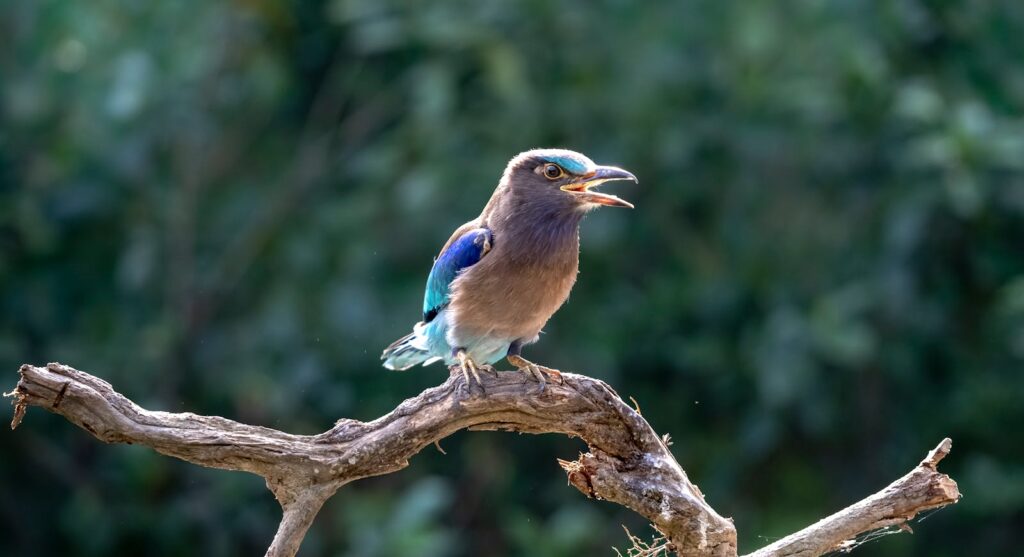
The remarkable transformation of bird songs across seasons is largely controlled by hormonal changes triggered by shifting day lengths. As spring approaches and daylight hours increase, the avian brain responds by increasing production of testosterone and other hormones that stimulate the song control nuclei – specialized brain regions dedicated to vocalization. These hormonal surges cause physical changes in the neural circuits that control singing, with certain brain regions increasing in size during the breeding season. Scientists have measured significant seasonal growth in structures like the HVC (high vocal center) and the robust nucleus of the arcopallium (RA), which can expand by up to 70% in some species as breeding season approaches. Come autumn, these same brain regions shrink back to their non-breeding state, physically altering the bird’s vocal capabilities and reducing both song complexity and frequency.
The European Robin’s Year-Round Vocal Adaptations
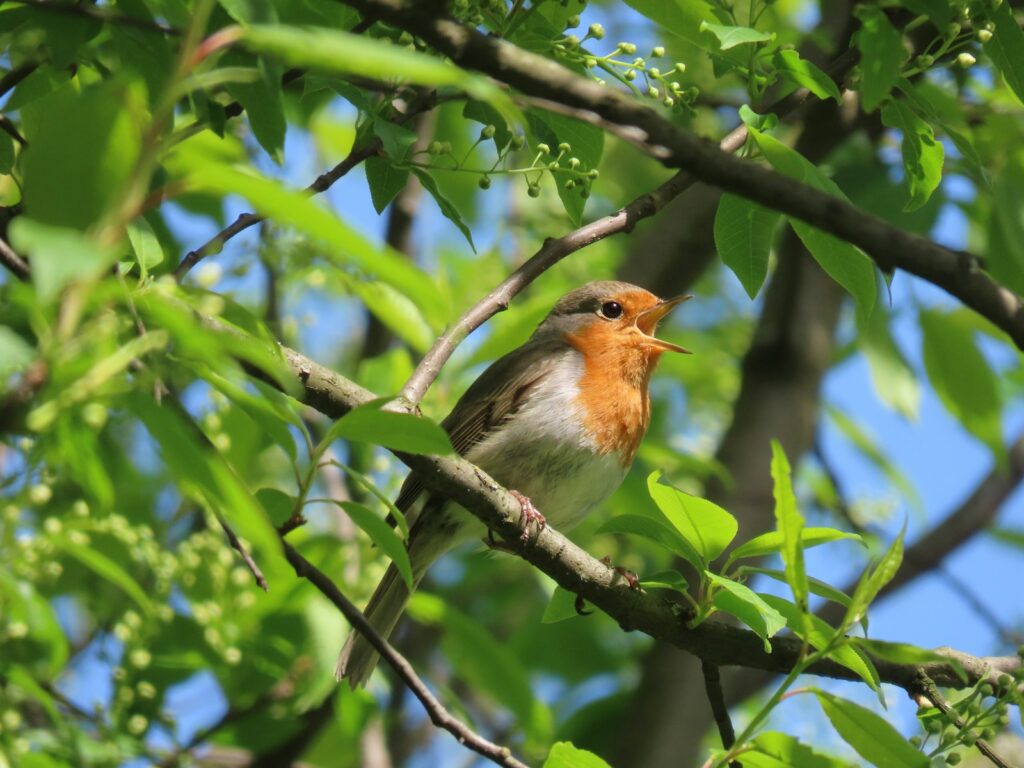
The European robin (Erithacus rubecula) demonstrates one of the most dramatic seasonal vocal shifts in the avian world. During the spring breeding season, male robins perform complex, melodious songs characterized by high-pitched warbles and trills, primarily directed at potential mates. This breeding song serves as both an advertisement to females and a warning to rival males, helping establish and maintain territory boundaries. As autumn and winter arrive, European robins switch to a remarkably different vocalization – a melancholy, wistful song often described as more plaintive than their spring performance. This winter song serves an entirely different purpose – not for mating but for territorial defense during the scarce winter months when food resources must be protected. The contrast between the two seasonal songs is so distinct that early naturalists sometimes believed they were hearing entirely different species.
Seasonal Song Learning in Young Birds
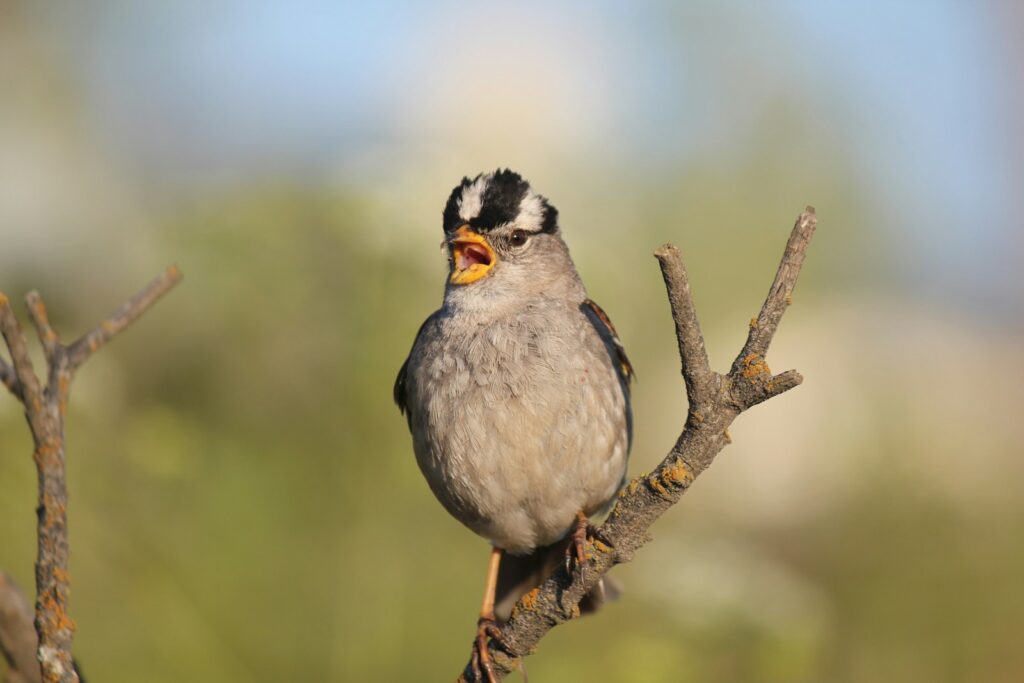
For many songbird species, young birds must learn their species-specific songs through a process remarkably similar to how human children acquire language. During a critical learning period, juvenile birds listen to and memorize the songs of adult birds, forming a template of what their species’ song should sound like. What makes this process particularly fascinating is that in some species, this learning happens during specific seasonal windows. Young white-crowned sparrows, for example, are most receptive to learning songs during their first summer, creating a memorized template of adult song patterns. Later, during their first spring, rising hormone levels activate this stored template, and young birds begin practicing, gradually refining their performance until it matches the seasonal song appropriate for breeding. This seasonal learning pattern ensures young birds acquire the correct song variations needed for each part of the annual cycle.
The Great Tit’s Regional and Seasonal Dialects
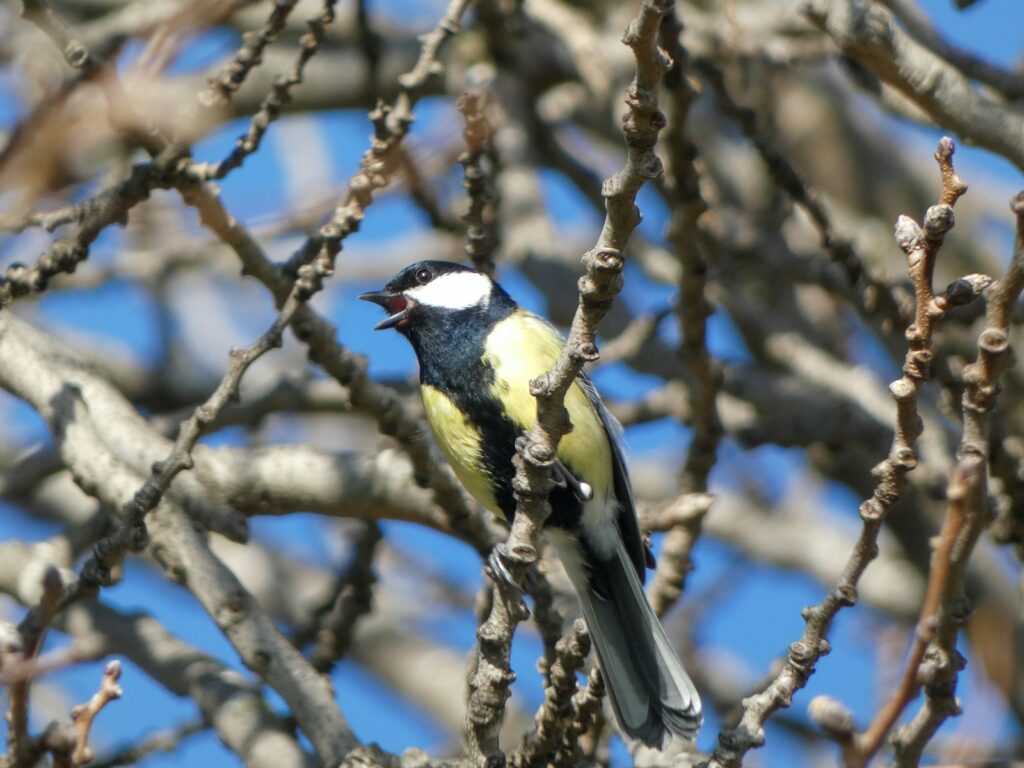
The great tit (Parus major), a common woodland bird across Eurasia, demonstrates remarkable complexity in its seasonal song variations, overlaid with regional dialects that create a patchwork of different singing styles across its range. During breeding season, male great tits perform their characteristic “teacher-teacher” calls with particular vigor in the early morning hours, each geographical population adding subtle regional accents to the basic pattern. As seasons change, great tits modify not just the frequency of their songs but also the acoustic structure – winter songs typically consist of shorter phrases, simpler patterns, and fewer note types than the elaborate breeding displays. Research has shown that great tits living in urban environments have developed separate seasonal adaptations, singing at higher frequencies during all seasons to overcome city noise, while maintaining their seasonal variations in complexity and frequency.
The Ecological Advantages of Seasonal Song Shifting
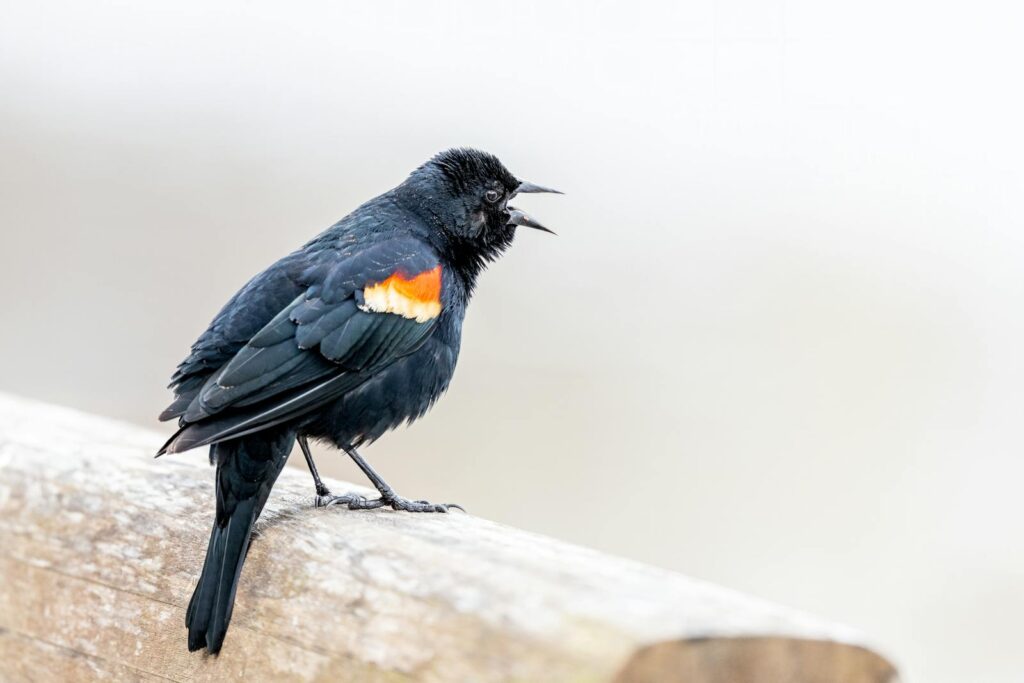
The ability to modify songs seasonally provides birds with significant evolutionary advantages, allowing them to optimize communication for changing environmental conditions and needs. During breeding season, elaborate songs serve multiple crucial purposes – attracting mates, declaring territorial boundaries, and signaling genetic fitness through song complexity and performance stamina. As breeding season ends, the resource investment in maintaining these complex songs becomes biologically unnecessary, and birds can conserve energy by simplifying their vocal performances. Winter songs, when they occur, typically serve more limited purposes focused on basic territorial maintenance rather than mate attraction. Some species also benefit from reduced vocal conspicuousness during vulnerable molting periods or migration, when attracting attention might increase predation risk. This seasonal flexibility allows birds to allocate their energy resources efficiently throughout the annual cycle.
The Varied Thrush’s Atmospheric Seasonal Shifts
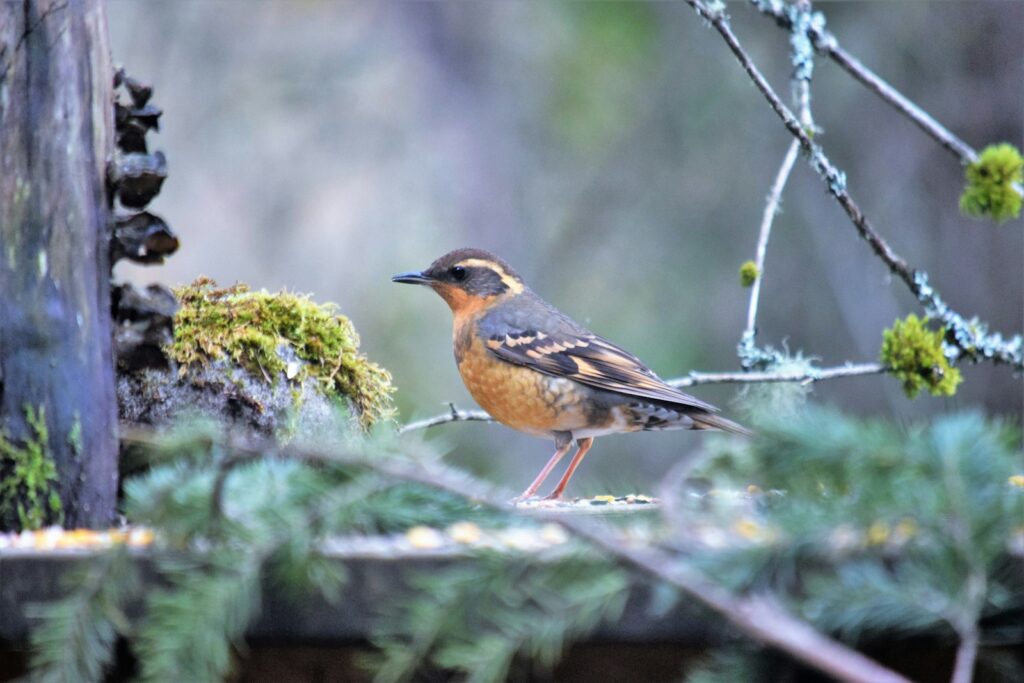
The Varied Thrush (Ixoreus naevius) of North America’s Pacific Northwest produces one of the most haunting seasonal song transformations in the avian world. During spring breeding in dense coniferous forests, males deliver a mysterious, ethereal song consisting of single, drawn-out notes on one pitch, followed by a pause, then another note on a different pitch. This otherworldly, echoing quality creates what many listeners describe as a mystical forest atmosphere. As summer progresses and breeding concludes, the song frequency dramatically decreases, and by winter, Varied Thrushes primarily communicate with short “chuk” call notes rather than their signature song. Those that do occasionally sing during winter months produce abbreviated, less resonant versions of their spring performance, creating a distinctly different auditory experience for human listeners who encounter them in their winter territories, often at lower elevations than their breeding grounds.
Climate Change Effects on Seasonal Bird Songs
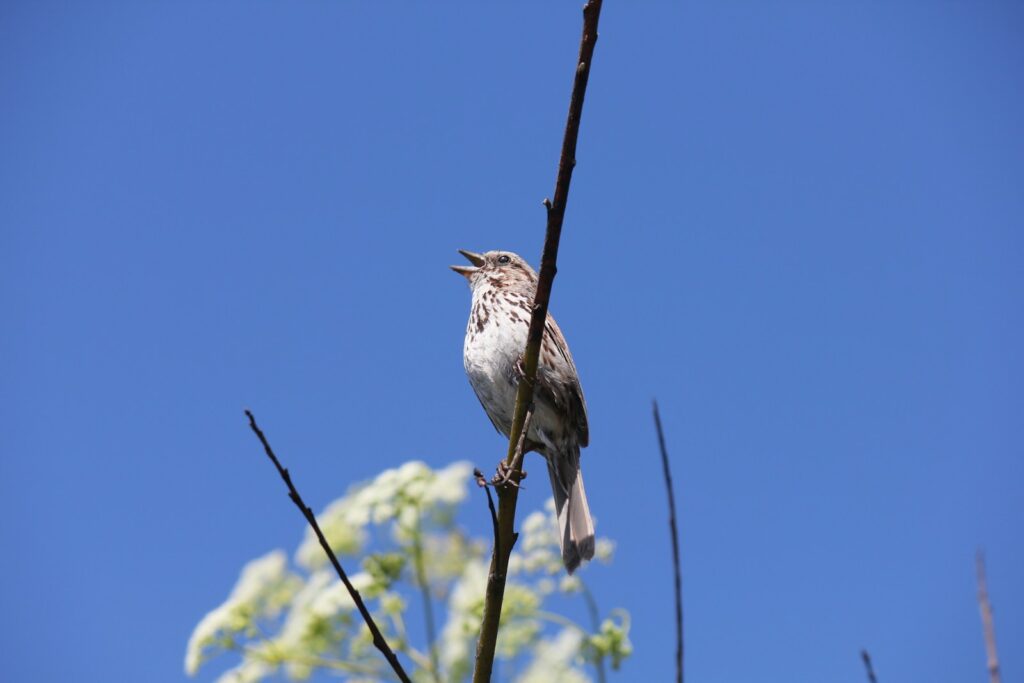
As global climate patterns shift, birds that rely on seasonal cues to time their song changes are experiencing disruptions to their traditional vocal calendars. Research indicates many species are beginning their breeding songs earlier in the year, corresponding with earlier spring temperature increases. This shift creates potential mismatches between when birds signal breeding readiness through song and when environmental conditions support successful reproduction. Scientists studying great tits in Europe have documented advancement of spring singing by up to two weeks in some populations over recent decades. These alterations can have cascading effects through ecosystems, as birds that cannot adequately adjust their seasonal singing to match changing climate conditions may experience reduced breeding success or territorial defense capabilities. Long-term studies are now tracking how different species’ seasonal song patterns are responding to these unprecedented changes in traditional seasonal cues.
Night Singing as a Seasonal Phenomenon
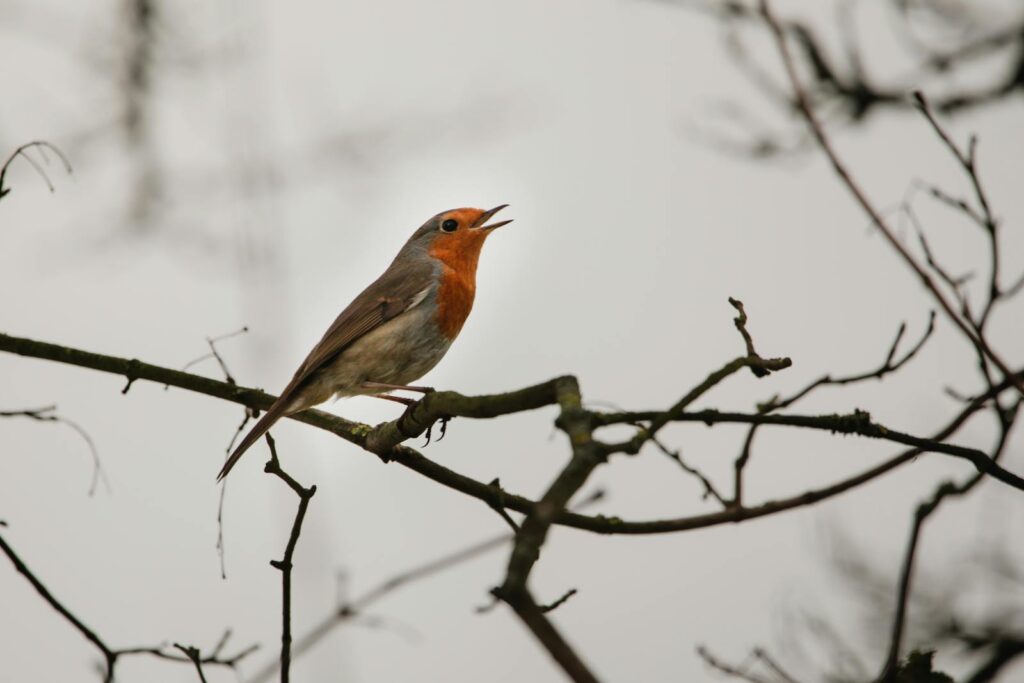
For several bird species, one of the most dramatic seasonal song variations involves not just changes in song structure but shifts in singing time – particularly the phenomenon of night singing. The European robin becomes notably nocturnal in its song delivery during breeding season, particularly in urban environments where artificial lighting creates conditions that trigger confused hormonal responses. The American robin similarly extends its daily singing schedule during peak breeding season, often beginning well before dawn and continuing until after dusk. Mockingbirds unmated during breeding season frequently sing through the night, their unpaired status driving hormone levels that sustain continuous vocal performance. This seasonal night singing represents a significant energy investment that birds only make during specific annual periods when the reproductive benefits potentially outweigh the costs of sleep disruption and increased energy expenditure.
Recording and Analyzing Seasonal Song Changes
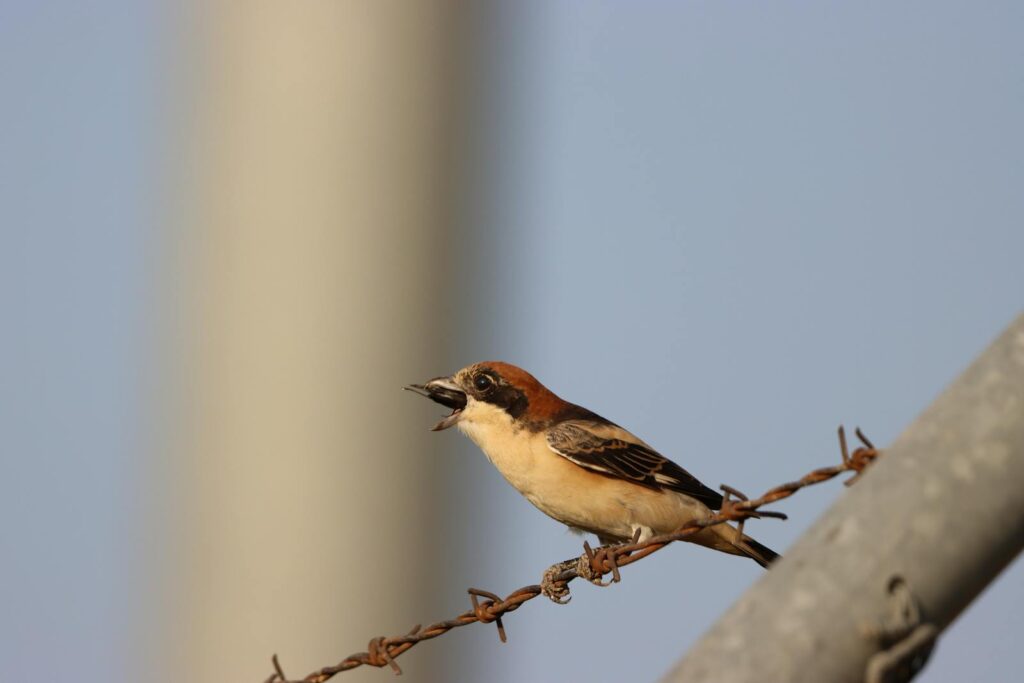
Modern technology has revolutionized the study of seasonal bird song variations, allowing researchers to capture and analyze subtle changes previously undetectable to human observers. Autonomous recording units deployed in forests and fields can record the same bird populations continuously throughout the year, creating vast sound archives that reveal gradual transitions between seasonal song types. Sophisticated spectrogram analysis software can then quantify changes in pitch, duration, note structure, and intervals that occur as seasons progress. Machine learning algorithms have been developed that can identify individual birds by their unique vocal signatures, allowing scientists to track how specific individuals modify their songs through the annual cycle. These technological advances have revealed that seasonal transitions often involve gradual rather than abrupt changes, with individual birds sometimes producing intermediate song forms during transitional periods between their full breeding and non-breeding vocalizations.
Cultural Significance of Seasonal Bird Songs
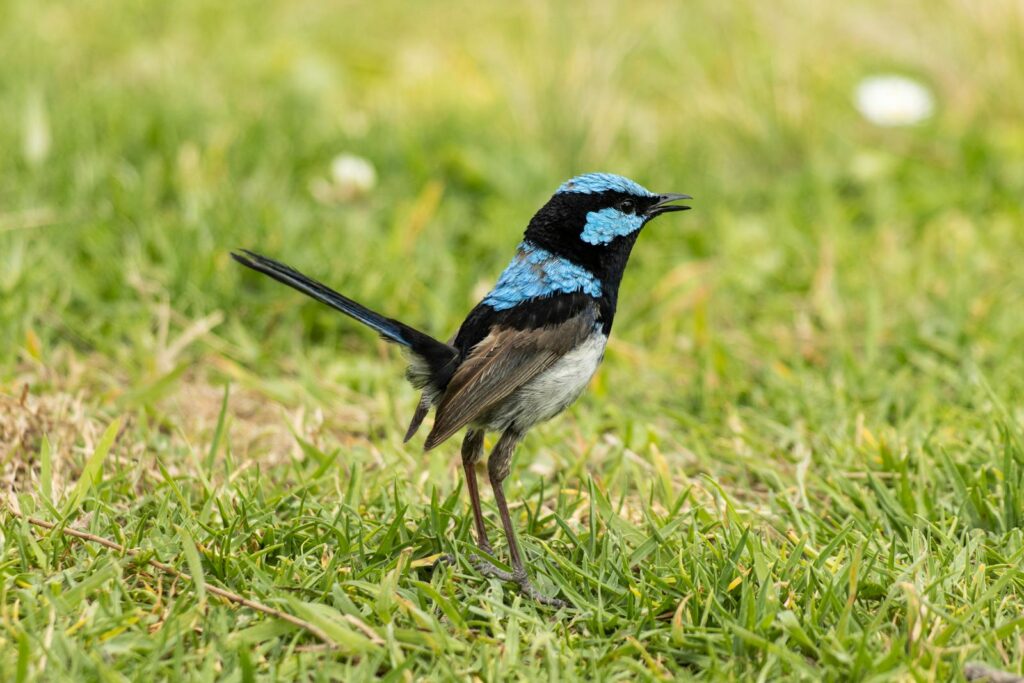
Throughout human history, the changing songs of birds have served as important seasonal markers for cultures worldwide, often incorporated into folklore, poetry, and traditional ecological knowledge systems. The first cuckoo call of spring has been celebrated in European traditions for centuries, with festivals and customs marking its arrival as a definitive end to winter. In Japan, the first song of the uguisu (Japanese bush warbler) traditionally signals the arrival of spring and has been documented in poetry dating back to the 8th century. Indigenous knowledge systems across North America incorporate a detailed understanding of how different birds change their songs to signal seasonal transitions important for hunting, gathering, and agricultural planning. These cultural connections between human societies and seasonal bird songs represent some of our oldest continuous ecological observations, often containing sophisticated knowledge about how bird vocalizations predict environmental changes.
The Song Sparrow’s Subtle Seasonal Adaptations
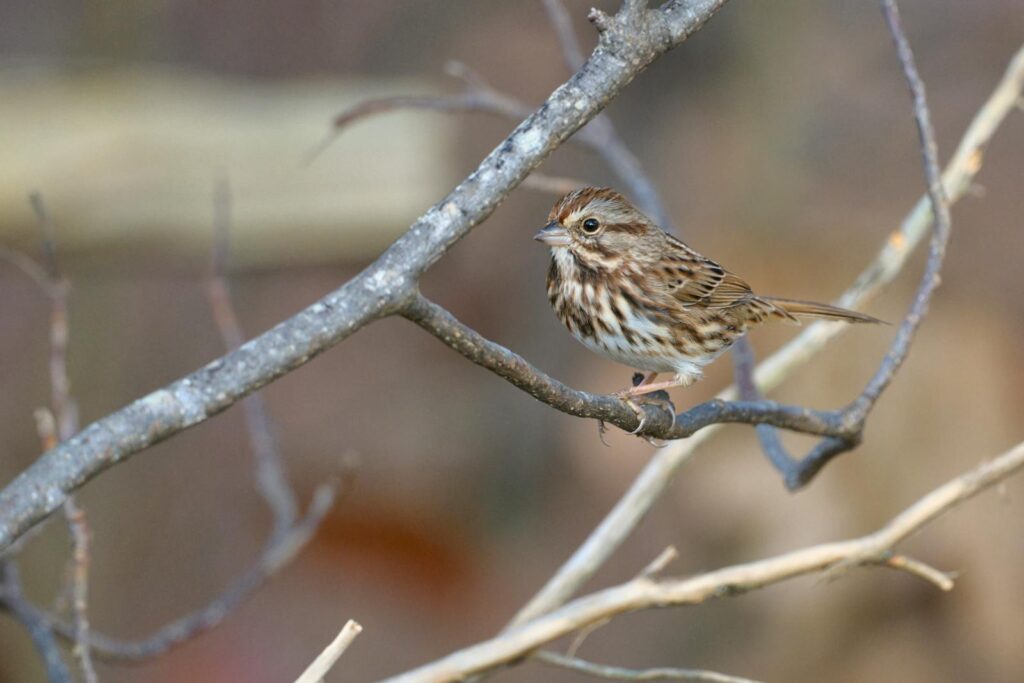
The song sparrow (Melospiza melodia), widespread across North America, demonstrates some of the most subtle yet measurable seasonal song variations. Unlike species that dramatically alter their song structure, song sparrows maintain the same basic song template year-round but make fine adjustments to performance and delivery. During breeding season, males sing with increased volume, greater frequency, and more precise articulation of the characteristic introductory notes followed by buzzy trills. Researchers have documented that breeding season songs contain more syllable types and greater consistency between performances. As autumn and winter approach, song sparrows reduce singing frequency dramatically, and the songs they do perform become shorter, with fewer repetitions and less complex syllable structure. These subtle variations allow song sparrows to maintain territorial boundaries year-round while adjusting their vocal energy investment to match seasonal priorities.
Conservation Implications of Seasonal Song Patterns
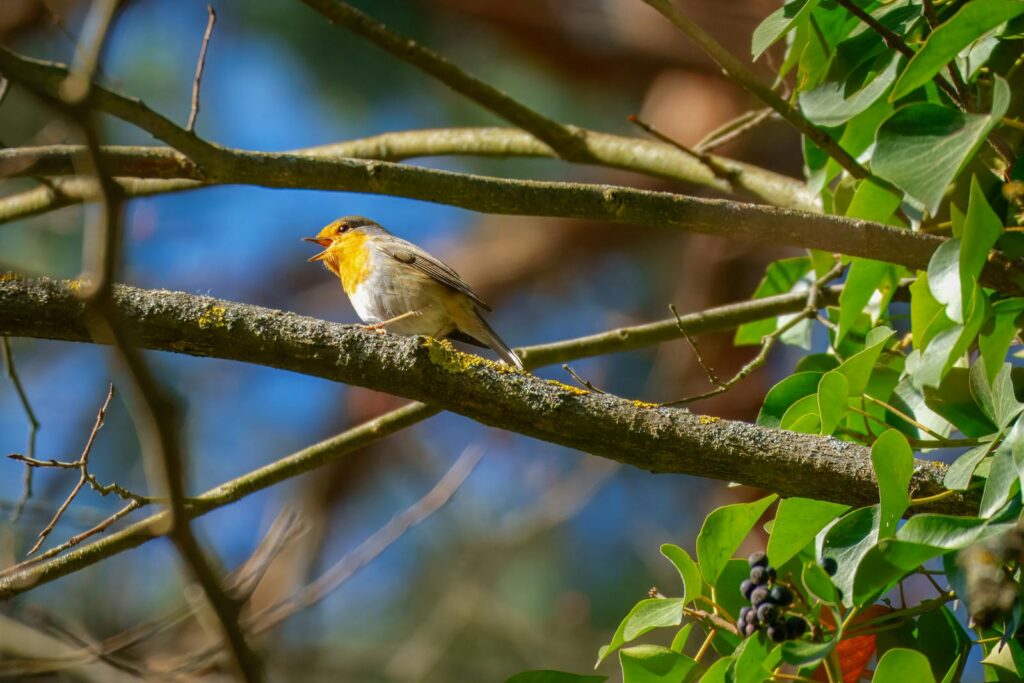
Understanding how and why birds change their songs seasonally has significant implications for conservation efforts, particularly in monitoring population health and habitat quality. Birds that cannot produce appropriate seasonal songs may be indicating physiological stress, habitat degradation, or disruption of natural cycles. Conservation biologists now include seasonal song monitoring in assessment protocols for vulnerable species, recognizing that deviations from normal seasonal vocal patterns can serve as early warning signs of population trouble. For migratory species, abnormal singing in winter territories may indicate problems either at their breeding grounds or along migration routes. As soundscape ecology develops as a conservation tool, the seasonal rhythms of bird song provide a baseline against which human-caused disruptions can be measured. Conservation efforts increasingly focus on protecting not just physical habitat but the acoustic environment that supports normal seasonal communication patterns for birds and other vocal wildlife.
The remarkable ability of certain birds to change their songs with the seasons represents one of nature’s most sophisticated communication systems – a dynamic, adaptive response to the shifting demands of survival throughout the year. From the hormone-driven brain changes that physically alter vocal capabilities to the fine-tuned cultural learning that passes regional dialects through generations, seasonal bird songs embody the complex interplay between biology, behavior, and environment. As we face unprecedented global changes, these avian musicians may serve as sensitive indicators of ecological disruption, their seasonal symphonies telling us much about the health of our shared world. By understanding and protecting these natural rhythms, we preserve not just bird songs but the ancient seasonal cycles that have shaped life on Earth for millennia.
